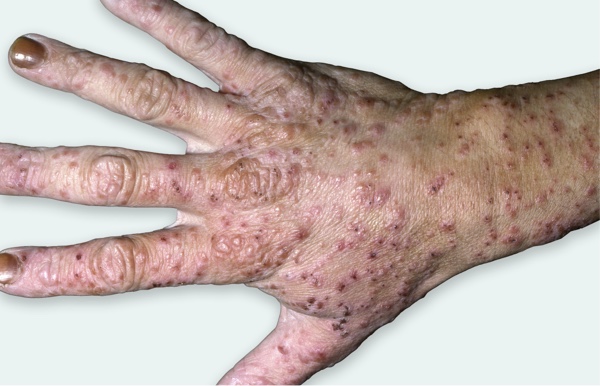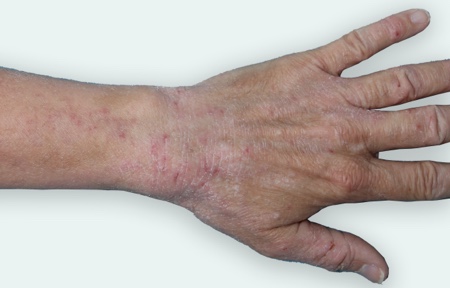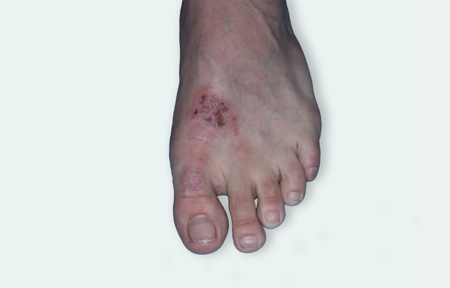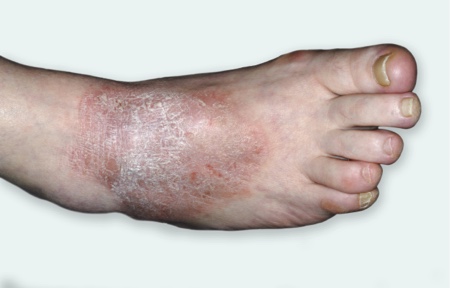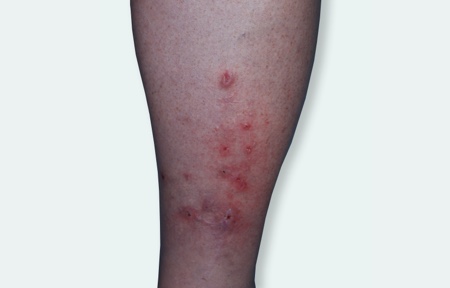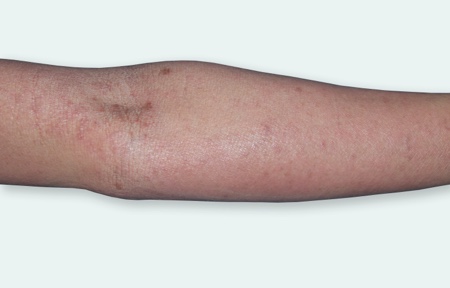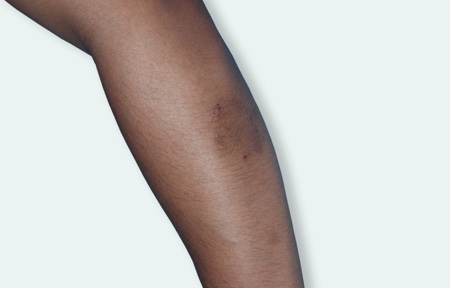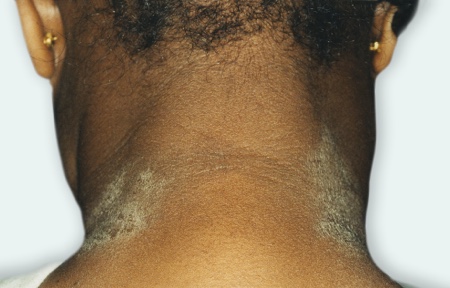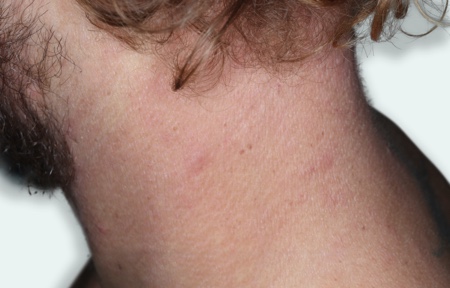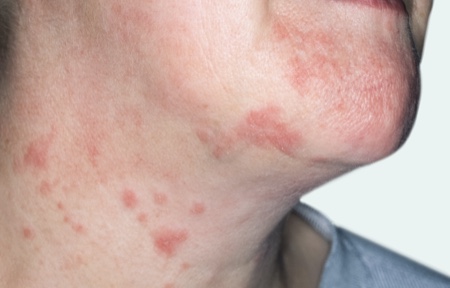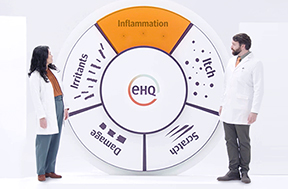Eczema symptoms may vary. Yes, even yours.
At Eczema HQ, we believe in seeing—and discovering—things for yourself.
So if you have eczema, learning as much as you can about the symptoms can help you understand the condition better. It can also help prepare you for your next conversation with your doctor.
The symptoms report
Every person’s eczema symptoms will be a little different. You may even experience flare-ups—or times when symptoms are worsened—that vary in intensity or location.
The most common symptoms of eczema include:
- Intense itching (pruritus), which can range from mild to severe
- Red (or otherwise discolored, depending on skin tone), inflamed skin
- Dry, sensitive skin
- Dark-colored, rough, leathery, or scaly patches
- Crusting, oozing, or cracking skin
- Skin pain like stinging and burning
Eczema image library
Hands
Eczema on hands
Feet
Eczema on feet
Legs
Eczema on legs
Arms
Eczema on arms
Face/Neck
Eczema on face or neck



Picture this: free flare-up tips & more
Get Eczema HQ Magazine—featuring our Top Five Flare-up Tips—free when you sign up for our educational emails. Plus, see how others live with their eczema, even a dermatologist.
Eczema Eureka #093: Eczema looks different on darker skin
Eczema affects people of all races, but research suggests that in the United States, Black and Hispanic children may have more severe eczema than white children, so it’s important to recognize that symptoms can appear differently on darker skin.
Here are some important things for you and your doctor to look out for:
- Itching may be more severe
Skin lightening (color may return within weeks to months)
More extensive skin dryness
Dark circles may appear around the eyes
Rashes may look darker brown, purple, or ashen gray instead of red, which can sometimes cause them to be completely missed by a doctor (see pictures above for reference)
Paint a clear picture of your eczema
You can help your doctor better evaluate your eczema by capturing clear, well-lit photos of your symptoms during an eczema flare-up. And beyond capturing the flare-up itself, you’ll also want to clearly explain the timing, suspected triggers, and any unseen impact the disease is having on your life.
TIPS FROM HQ: Whether you’ve been diagnosed with eczema or you’re undiagnosed but wondering about your skin symptoms, all of this can help inform a discussion with your doctor or a possible treatment plan moving forward. And you can always use our interactive Doctor Discussion Guide as a resource before your next visit.
OK, we’ve covered the eczema basics—now let’s get into





